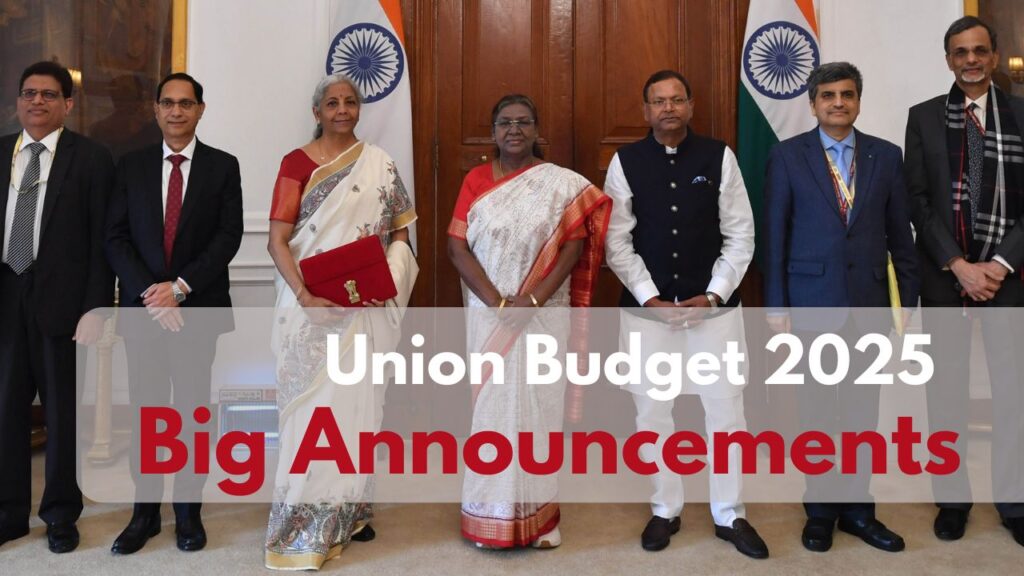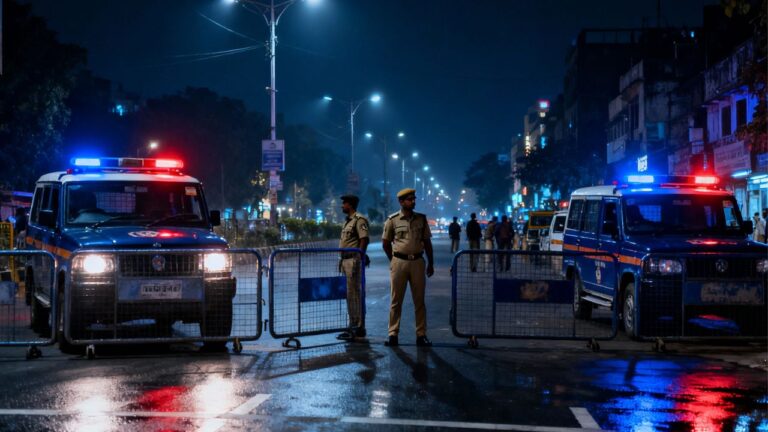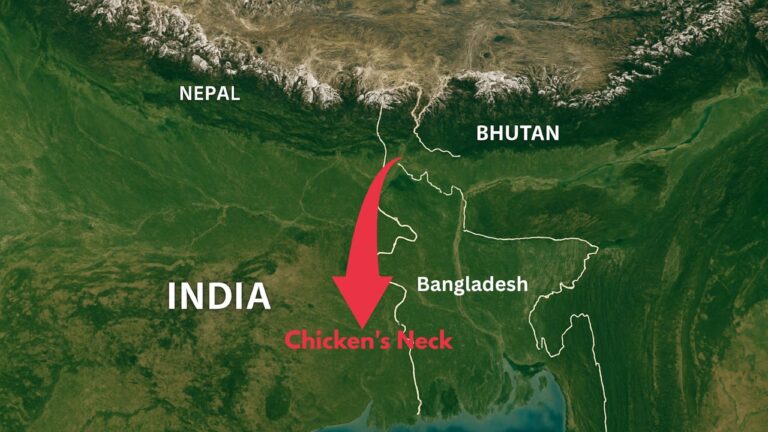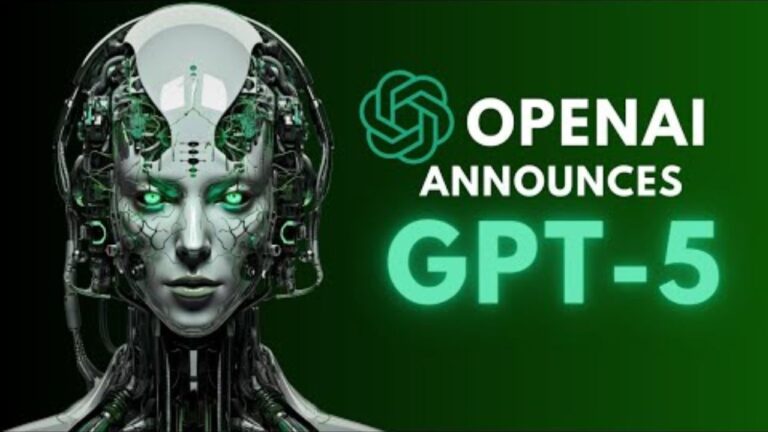
Union Minister of Finance and Corporate Affairs, Smt. Nirmala Sitharaman, presented the Union Budget 2025-26 in Parliament, focusing on balanced regional growth under the theme “Sabka Vikas.” The budget is structured around key principles of Viksit Bharat, including poverty eradication, universal quality education, accessible healthcare, skilled workforce, women’s economic participation, and strengthening agriculture.
Key Highlights of the Budget 2025
The Union Budget 2025-26 aims to accelerate growth, promote inclusivity, invigorate private sector investments, and uplift the middle class. It introduces transformative reforms in taxation, power, urban development, mining, and financial sectors. The government has identified four major engines of growth: Agriculture, MSMEs, Investment, and Exports, with reforms acting as fuel to drive these sectors forward.
1st Engine: Agriculture
To boost agricultural productivity and resilience, the budget introduces the Prime Minister Dhan-Dhaanya Krishi Yojana, covering 100 districts. This scheme focuses on:
- Crop diversification
- Enhanced post-harvest storage
- Improved irrigation facilities
- Increased availability of short- and long-term credit
A Rural Prosperity and Resilience Programme will be launched in partnership with states to generate employment opportunities for rural youth, women, marginal farmers, and landless families through skilling, investment, and technology.
The government also launched a 6-year Mission for Aatmanirbharta in Pulses with a special focus on Tur, Urad, and Masoor. Agencies like NAFED and NCCF will procure these pulses over the next four years to ensure farmer support.
Additional initiatives include:
- A Comprehensive Programme for Vegetables & Fruits
- National Mission on High Yielding Seeds
- Five-year Mission for Cotton Productivity
Furthermore, the loan limits under the Kisan Credit Card scheme have been increased from ₹3 lakh to ₹5 lakh, providing financial relief to farmers.
2nd Engine: MSMEs
Micro, Small, and Medium Enterprises (MSMEs) contribute 45% of India’s exports. The government has enhanced investment and turnover limits for MSMEs by 2.5 and 2 times, respectively. Additional steps to improve credit availability include:
- A new scheme for 5 lakh first-time entrepreneurs from Scheduled Castes, Scheduled Tribes, and women, offering term loans up to ₹2 crore over the next five years.
- A National Manufacturing Mission to support industries of all sizes under Make in India.
- A dedicated scheme to position India as a global toy manufacturing hub.
3rd Engine: Investment
Investment is a key driver of economic growth. The budget prioritizes investments in people, economy, and innovation:
Investment in People:
- Education and Digital Infrastructure:
- 50,000 Atal Tinkering Labs in government schools
- Broadband connectivity for all government secondary schools and primary health centers under Bharatnet
- Bharatiya Bhasha Pustak Scheme to digitize Indian-language books
- Skill Development:
- Five National Centres of Excellence for skilling
- A Centre of Excellence in AI for education (₹500 crore allocation)
- Gig Workers Welfare:
- Identity cards and registration under e-Shram Portal
- Healthcare under PM Jan Arogya Yojana
Investment in Economy:
- ₹1.5 lakh crore allocated for 50-year interest-free loans to states for capital expenditure
- Infrastructure ministries to develop a 3-year PPP project pipeline
- Asset Monetization Plan 2025-30 to reinvest ₹10 lakh crore into new projects
- Jal Jeevan Mission extended until 2028, focusing on rural piped water supply
- ₹1 lakh crore Urban Challenge Fund for city redevelopment and sanitation
Investment in Innovation:
- ₹20,000 crore for private-sector-led R&D
- National Geospatial Mission for urban planning
- Gyan Bharatam Mission for manuscript preservation
- A National Digital Repository of Indian knowledge systems
4th Engine: Exports
Exports remain crucial to India’s economic ambitions. The budget introduces the Export Promotion Mission to assist MSMEs in global market entry and BharatTradeNet (BTN), a digital trade infrastructure.
Additional measures include:
- Strengthening domestic manufacturing for Industry 4.0
- Support for electronic equipment production
- A National Framework to develop Global Capability Centres in Tier 2 cities
- Infrastructure and warehousing improvements for high-value perishable exports
Reforms as the Fuel
The government continues to implement tax reforms, emphasizing trust-based governance. Major changes include:
- Raising the Foreign Direct Investment (FDI) limit in insurance from 74% to 100%
- Establishing a High-Level Committee for Regulatory Reforms to streamline compliance
- Launching an Investment Friendliness Index of States
- Introducing Jan Vishwas Bill 2.0 to decriminalize 100+ outdated provisions
Fiscal Consolidation
The government aims to maintain a responsible fiscal path:
- Fiscal deficit for FY 2024-25 revised to 4.8% of GDP
- FY 2025-26 fiscal deficit estimated at 4.4% of GDP
- Net tax receipts expected to rise from ₹25.57 lakh crore (FY 2024-25) to ₹28.37 lakh crore (FY 2025-26)
Taxation Reforms
The budget introduces a new tax regime with lower rates:
| Total Income (₹) | Tax Rate (%) |
| 0 – 4 Lakh | NIL |
| 4 – 8 Lakh | 5% |
| 8 – 12 Lakh | 10% |
| 12 – 16 Lakh | 15% |
| 16 – 20 Lakh | 20% |
| 20 – 24 Lakh | 25% |
| Above 24 Lakh | 30% |
Additional measures include:
- Doubling the TDS exemption limit on senior citizens’ interest earnings to ₹1 lakh
- Increasing the rental TDS threshold from ₹2.4 lakh to ₹6 lakh
- Expanding the Vivad Se Vishwas scheme for tax dispute resolution
Customs & Import Policies
To boost local manufacturing, several key changes have been made:
- Duty reductions: Exemptions on 36 life-saving drugs and rare disease treatments
- Make in India Support: Increased Basic Customs Duty (BCD) on Interactive Flat Panel Displays (20%) while reducing BCD on Open Cells (5%)
- EV & Lithium Battery Boost: Exemptions on key battery production materials
- Textile Growth: Revised tariffs for shuttle-less looms and knitted fabrics
The Union Budget 2025-26 is a strategic roadmap toward Viksit Bharat, emphasizing inclusive growth, economic resilience, and sustainable development. With reforms fueling its four growth engines, the budget seeks to empower farmers, MSMEs, youth, and the middle class, fostering a self-reliant and globally competitive India.






